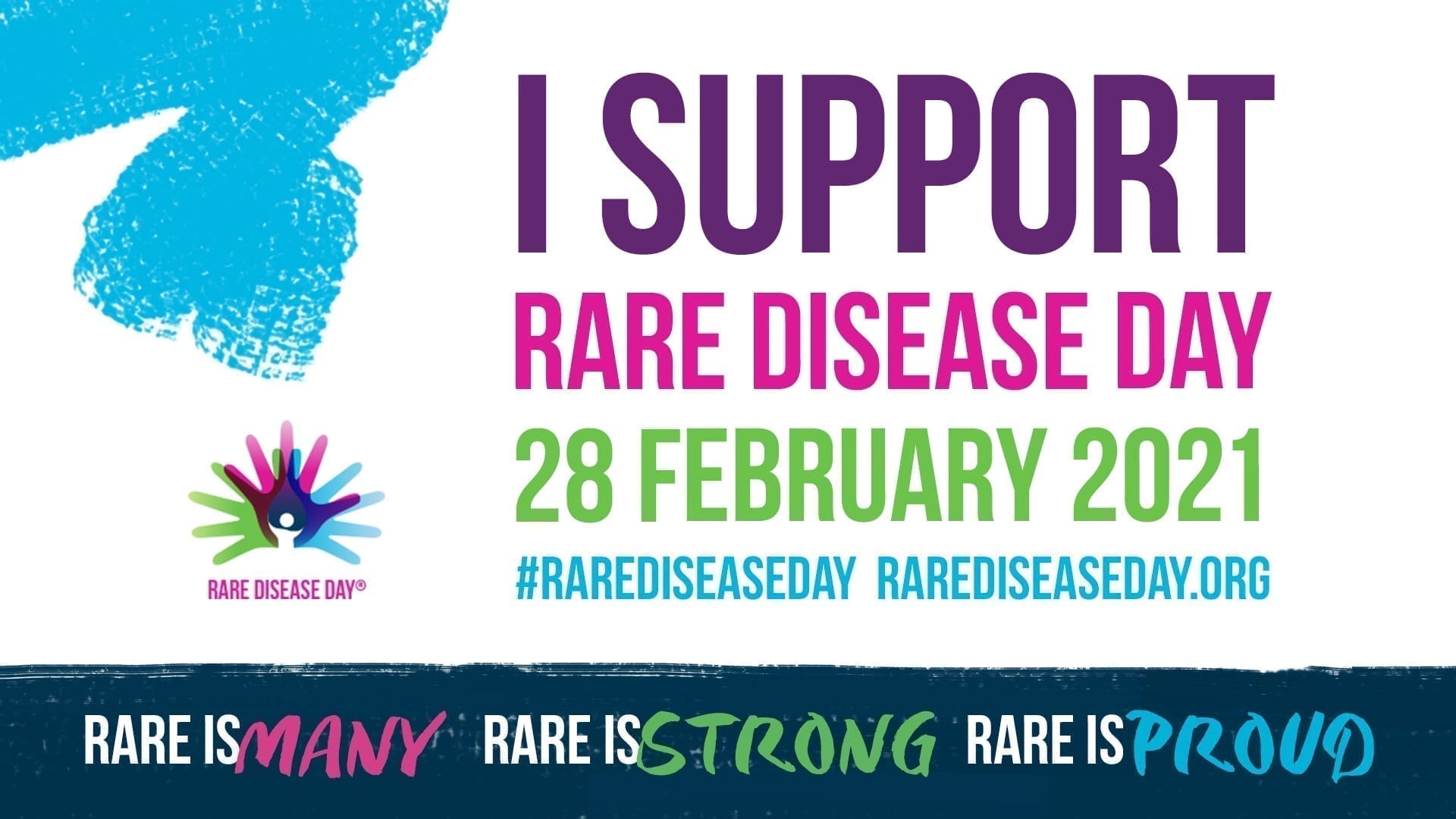February 28th is Rare Disease Day!
Have you ever wondered what makes a disease a rare disease?
Rare diseases are diseases which affect a small number of people compared to the general population. In Europe, a disease is considered rare when it affects 1 person in 2,000; in the United States, a disease is considered rare if it affects fewer than 200,000 people in the U.S. at any given time.
There are nearly 7,000 rare diseases which affect an estimated 25-30 million Americans.
The causes for many rare diseases are unknown. Most rare diseases can be traced to a mutation, or change, in a single gene. Some rare, genetic diseases can be passed from parent to child which is why some rare diseases run in families. Environmental factors can also play a role in rare diseases, either by directly causing a disease or interacting with someone’s genetics to cause or worsen a disease. There are rare forms of infectious diseases, autoimmune diseases, and cancers.
While researchers have made great strides in recent years towards better understanding how to diagnosis, manage, and even prevent a number of rare diseases, there remains a lot of work to be done. Many rare diseases have no treatment options. For a long time, very little research went into rare diseases. In 1983, the Organ Drug Act was signed into law which provides incentives for drug companies to develop treatments for rare diseases. Since then, the FDA has approved more than 340 treatments for rare diseases.
There are a number of liver diseases that are classified as rare diseases and affect people of all ages. Here are just a few examples:
Lysosomal Acid Lipase Deficiency
Primary Sclerosing Cholangitis
Check out RareDiseaseDay.org to help spread the word about #RareDiseaseDay!
Last Updated on February 28, 2021
Share this page






